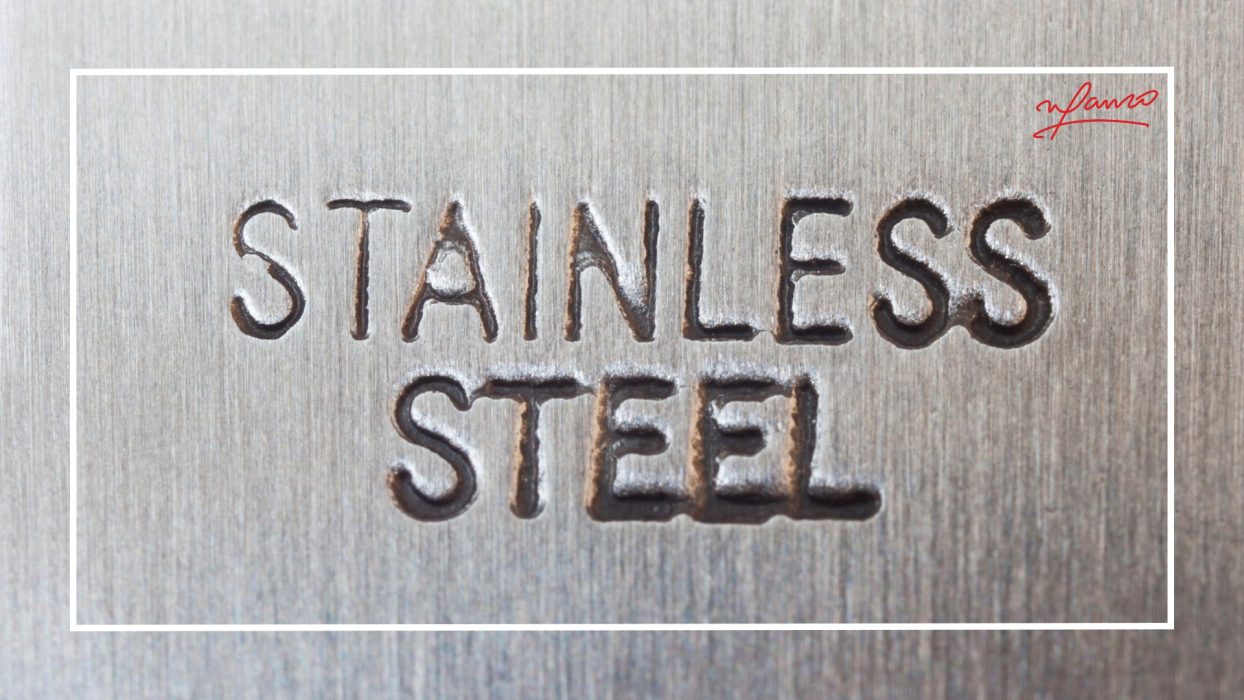Structural Mild Steel Plates
Introduction
Structural mild steel plates are the backbone of frames, platforms, and primary members across industry. They cut cleanly, weld without fuss, and deliver predictable strength at practical cost. This guide explains what structural plates are, which grades to choose, how tolerances affect fit up, and what to include in your RFQ so inspections stay calm and schedules stay intact.
What counts as a structural mild steel plate
Structural plates are low carbon steel plates supplied in thickness and width ranges suitable for beams, columns, base plates, gussets, stiffeners, bracings, and heavy frames. They offer balanced strength and ductility with dependable weldability. Typical standards include IS 2062 for Indian projects, ASTM A36 for many global jobs, and EN 10025 families such as S235 and S275.
Grades and when to use them
-
IS 2062 E two five zero for general structures and shop fabrications
-
IS 2062 E three five zero when higher strength supports weight savings and stiffness targets
-
ASTM A thirty six for mixed standard or international work
-
EN 10025 S two three five and S two seven five where European norms apply
State the standard, grade, and delivery condition in your inquiry. Add any impact test requirement if the structure will see low ambient temperature or dynamic loading.
Properties that matter in structural work
Yield strength and tensile strength
Design around the specified values with a realistic safety margin. Higher strength can reduce thickness and weld volume when the code allows it.
Ductility and bend behavior
Adequate elongation protects against cracking at corners and during fit up. Confirm bend radii with your fabricator before nesting.
Weldability
Structural plates accept common processes such as SMAW, GMAW, and SAW. Control preheat on thick or highly restrained joints. Use approved filler metal and qualified procedures.
Toughness
For cold climates or impact prone locations, specify a test temperature and the minimum energy value. Align sampling locations for thicker plates.
Tolerances and flatness that save hours
Define expectations at RFQ stage rather than correcting on the floor.
-
Thickness tolerance class matched to machining or gasket seating needs
-
Flatness target that supports accurate fit up and long seam alignment
-
Edge condition preference such as mill edge or trimmed edge
-
Ask for leveling where tight flatness is essential
Small gains here remove rework, reduce shim packs, and shorten alignment time.
Surface condition and finishing
Choose what fits your workflow.
-
Mill finish when you plan to blast and paint at your facility
-
Shot blasted and primed supply for faster layout and welding
-
Clear identification with plate numbers and heat numbers to keep traceability simple
Typical structural applications
-
Base plates, column splices, beam flanges, web doublers, and connection plates
-
Gussets, stiffeners, diaphragms, and bracings for bridges and platforms
-
Mezzanine decks, stair stringers, and handrail posts
-
Equipment frames, sole plates, and skid bases
-
Crane runway plates, rail pads, and heavy machine beds
For fundamentals, properties, and size options, review our Mild Steel Plates page.
Fabrication notes that protect schedules
-
Keep plates clean and dry to avoid porosity and inclusions
-
Mark heat numbers on all cut parts and maintain traceability through every operation
-
Balance weld sequences to control distortion on long seams
-
Verify identity and orientation before bending or forming
-
Use visual checks and non destructive tests as drawings or codes require
Documents and inspection you should request
-
EN one zero two zero four type three point one mill test certificates with chemistry and mechanical results tied to the heat number
-
Ultrasonic testing for critical members when project documents call for it
-
Packing lists and plate identification that mirror your purchase order
-
Support for third party inspection where clients mandate it
RFQ checklist for precise quotes
Share these details and you will receive a complete offer without revision loops.
-
Standard and grade such as IS 2062 E two five zero or E three five zero or ASTM A thirty six
-
Thickness, width, length, and quantity
-
Tolerances for thickness and flatness and your preferred edge condition
-
Surface preference such as mill finish or shot blasted and primed
-
Processing needs such as cutting, bevels, marking, and bending
-
Document and inspection scope
-
Delivery location and target date
Frequently asked questions
Can structural plates be used outdoors
Yes with an appropriate blasting and paint system matched to the environment.
Is preheat always required
Not for common thicknesses. Follow your welding procedure and consider restraint, ambient conditions, and hydrogen control.
Can I mix structural mild steel with alloy members
Yes with the correct filler metal and a clear procedure. Align inspection notes in advance.
Why teams choose Namco Industries
You get consistent chemistry control, precise rolling, and reliable dispatch windows. Plates fit up cleanly, weld predictably, and pass inspection without friction. Our supply plan aligns rolling, cutting, identification, and packing with your schedule.
Conclusion
Choose the right grade for loads and environment, lock tolerances that support clean fit up, and finalize the document plan at inquiry stage. That is how structural mild steel plates deliver strength and speed from shop to site. Ready to move from drawings to a precise quote
Click Here to share your requirement with Namco Industries.



